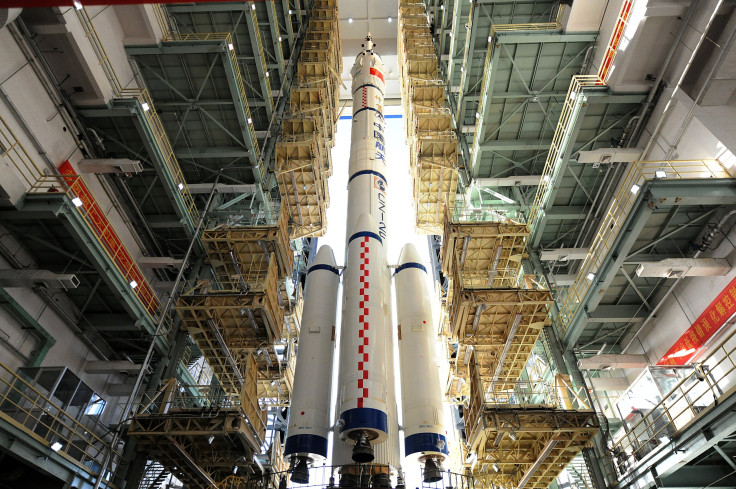Space News: China Satellite Launched To Map Deep Space Using Pulsar X-Rays To Ease Navigation

China launched five small satellites Thursday, including the X-ray Pulsar Navigation satellite that eventually could help spacecraft headed for deep space navigate, the latest piece of China’s ambitious space program, NASA Spaceflight.com reported.
The X-ray pulsar, developed by Aerospace Science and Technology Corp. Fifth Academy, was sent into space from the Jiuquan Satellite Launch Center aboard a Long March-11 solid fuel rocket, which also carried the Xaiaoxiang-1 and three Lishui-1 satellites.
The X-ray pulsar captures X-ray signals emitted from pulsars. By mapping those signals, they can be used to determine spacecraft location in deep space, which will eliminate the hours-long delays incurred in using ground-based navigation like the Deep Space Network and European Space Tracking network. Some pulsars emit radiation with the precision of an atomic clock.
The satellite is equipped with two detectors that test its functions and outline pulsar contours to create a database for navigation. The sensors need to be able to sort the pulsar blasts from background noise.
Space Daily reported the satellite will detect emissions from 26 nearby pulsars. Chief scientist Shuai Ping said the database could be completed within 10 years.
X-ray pulsars consist of a magnetized neutron star that draws gas from a companion normal star, forming a rotating disk that channels the gas to its magnetic polls, resulting in the generation of intense energies. They are found in deep space, and scientists say they could act like signal buoys.
Pulsars cannot be studied on earth because the X-ray signals are blocked by the atmosphere.
The Xiaoxiang-1 will test a new stabilization system while the Lishui-1s are commercial remote sensing satellites.
The launch of the Long March-11 was the second test of the four-stage, solid-fueled launch vehicle that can be stored for long periods. It was first tested in September 2015.
China is working to overtake the United States as the world’s dominant space power. It recently put its second space station into orbit, announced the world’s biggest tourist spacecraft and launched its first quantum satellite, Inverse noted.
© Copyright IBTimes 2025. All rights reserved.




















